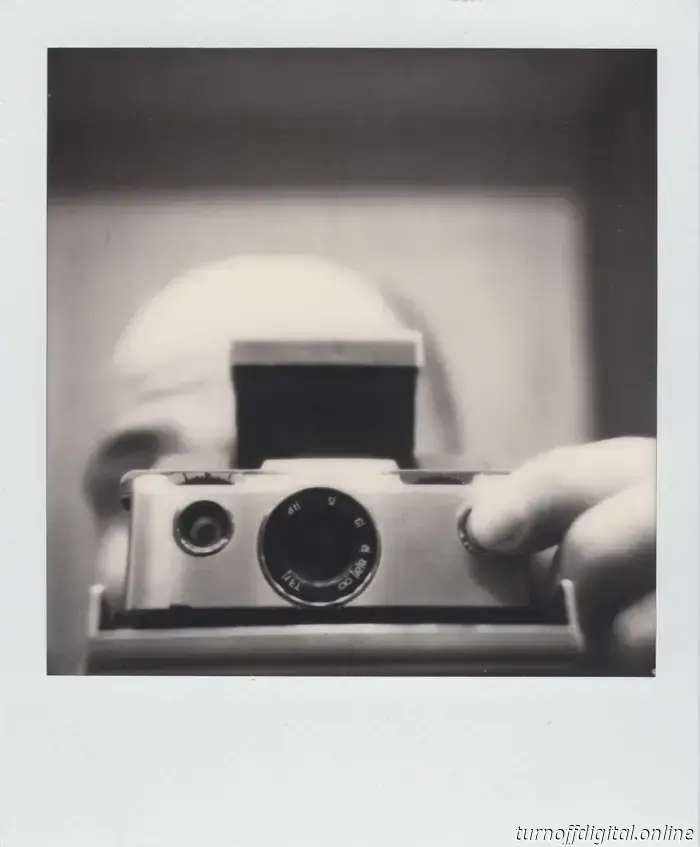
A few unexpected events compelled me to modify the publishing schedule this month. The initial plan was to concentrate on software updates for Film Q and Chem Log, but I quickly found myself short on time after the announcement of the new film and became engrossed in three large photography projects (along with several reviews, guides, this month's Film Price Report, and a new podcast). Naturally, none of this would be achievable without your support! ❤️ In this newsletter: Free film. Testing the capabilities of the new Polaroid B&W 600 film in unmodified SX-70 cameras. Developing Harman Phoenix as slides using Rodinal and C-41. “Faking” CineStill 800T. Next month at Analog.Cafe. Support this blog and access premium features with GOLD memberships! Free film. Reminder: I'm giving away three rolls of Cinema Shorts (Kodak Vision 3) film each month! Details.
Testing the capabilities of the new Polaroid B&W 600 film in unmodified SX-70 cameras. Last year, Polaroid introduced a significant update to their B&W 600 instant film packs, the most substantial since the color formula was reworked in 2020. This update promised enhanced contrast (which I interpret as an expanded dynamic range). One of the major challenges of capturing good photos on Polaroid film is its limited dynamic range, which can cause scenes with high contrast to appear excessively bright and dark simultaneously. This also explains why the SX-70 cameras are unable to use Polaroid 600 film, despite having an exposure compensation dial that would otherwise be useful for such purposes.
To better understand why this poses a problem and whether the new film can address it, I tested several fridge-stored packs of both the old and new B&W 600 film in controlled environments both in the studio and outdoors. “Polaroid 600 in SX-70 NO Filter, NO Mods, NO Flash?” presents all my findings along with tips for SX-70 users who wish to avoid modifying their vintage cameras in a way that cannot be reversed. My unmodified Polaroid SX-70 with a B&W 600 film pack.
Developing Harman Phoenix as slides with Rodinal and C-41. Did you know that the reversal process (E-6), which produces beautiful transparencies suitable for projection as slides, begins with a special black-and-white developer before finishing with a color-negative bath? C-41 reversal is a method that employs "overclocked" regular black-and-white film developers along with standard color developers to develop slide film. While it presents some challenges (color shifts, limited or incomplete documentation), it is surprisingly effective for Harman Phoenix 200. This month, I tested developing this film seven times (!) using various dilutions, temperatures, and agitation methods with the most popular black-and-white developer to achieve nearly grainless results on transparencies with halations. Here are my results: “Harman Phoenix C-41 Reversal Process (Rodinal).” Phoenix 200 developed as a positive in Rodinal and C-41.
In this newsletter, I discuss the abrupt shift in priorities, a complimentary film, capturing images with Polaroid B&W 600 film in unmodified SX-70 cameras, processing Harman Phoenix film as slides using Rodinal, and my intentions for the month of August on Analog.Cafe.